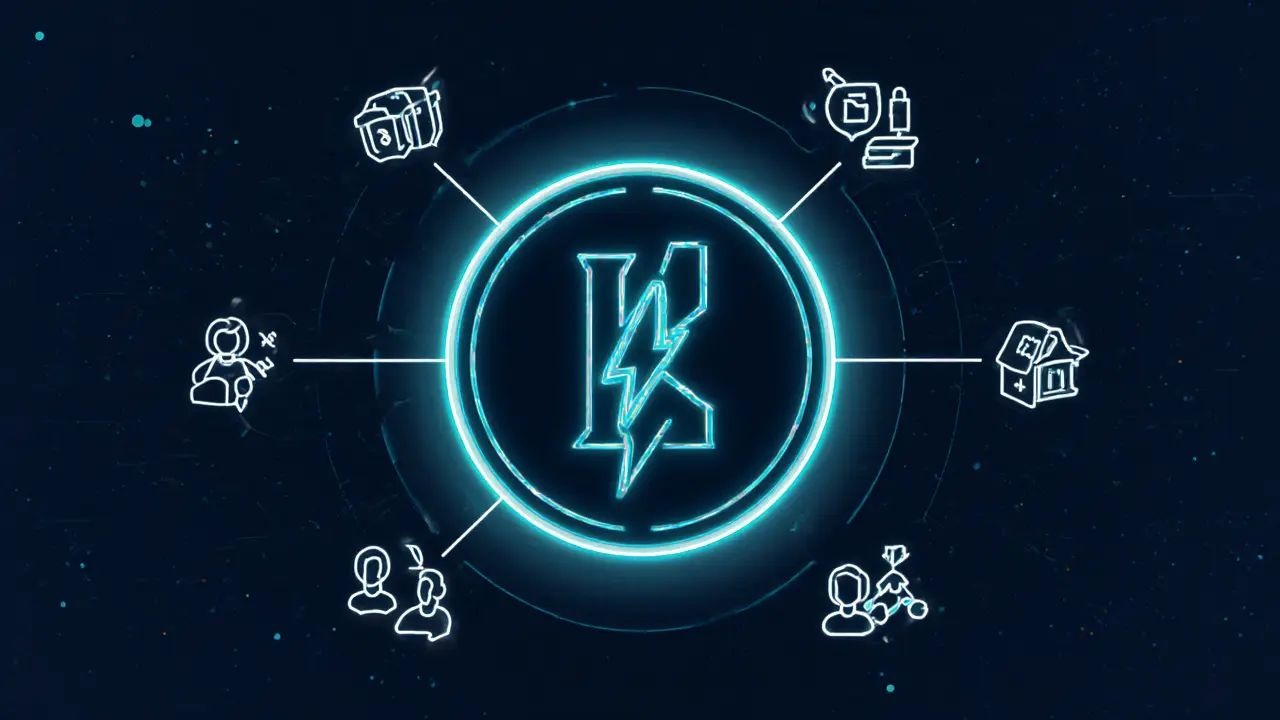WKIM Mjolnir Explained – Your Guide to Licensing, Tokenomics, and Exchange Strategies
When working with WKIM Mjolnir, a niche crypto project that blends blockchain security with decentralized finance tools. Also known as WKIM, it targets developers who need robust smart‑contract audits and investors looking for transparent tokenomics.
Why Crypto Licensing Matters for WKIM Mjolnir
The success of crypto licensing, the legal framework that lets projects operate as Money Service Businesses or obtain a BitLicense directly influences WKIM Mjolnir’s ability to list on major exchanges. In the United States, a BitLicense requirement enables projects to access institutional wallets, while state‑level MSB registration opens the door to retail users. Projects that skip these steps often hit roadblocks like delisting or frozen assets. That's why many WKIM contributors prioritize a compliance checklist before launching a token sale.
Another key piece is the regulatory sandbox, a controlled environment where innovators test blockchain solutions under regulator supervision. Countries such as the UK, Singapore, and members of the EU’s MiCA framework offer sandbox programs that reduce compliance costs and speed up go‑to‑market timelines. WKIM Mjolnir leverages these sandbox pilots to fine‑tune its governance model, proving that sandbox participation enhances both security audits and market readiness.
Understanding tokenomics is the next step. WKIM Mjolnir’s token design includes a 2% transaction tax that funds a liquidity pool, a staking reward pool, and a community treasury. This structure mirrors the deflationary models seen in SafeMars (SMARS) and WOOP, where a portion of each trade is redistributed to holders. By aligning incentives, WKIM aims to boost holder retention while providing a steady revenue stream for ongoing development. The token’s ERC‑20 foundation ensures compatibility with popular wallets and DeFi platforms, making integration with exchanges like Koinde or Bitroom straightforward—provided those platforms meet licensing standards.
Exchange selection is another critical factor. A thorough crypto exchange, venue that complies with AML/KYC rules and offers transparent fee structures not only enhances liquidity but also protects users from scams. Our data shows that exchanges lacking clear licensing, such as Bitroom, often face regulatory scrutiny, while vetted platforms like Koinde prioritize Bitcoin‑only trading with robust security measures. WKIM Mjolnir’s roadmap includes listings on several compliant exchanges, each chosen for its specific market reach and technical support for token swaps.
Finally, airdrops and community incentives play a big role in building momentum. The project’s upcoming airdrop follows the template of successful campaigns like BonusCake and FIWA, where eligibility is tied to staking duration and on‑chain activity. By combining airdrop rewards with the token’s built‑in tax mechanism, WKIM Mjolnir creates a self‑reinforcing loop: more participants mean higher transaction volume, which in turn funds the treasury and strengthens the ecosystem.
All these pieces—licensing, sandbox participation, tokenomics, exchange vetting, and airdrop strategy—form a cohesive picture of how WKIM Mjolnir aims to stand out in the crowded crypto space. Below you’ll find a hand‑picked collection of articles that walk you through each of these areas in detail, from step‑by‑step licensing guides to deep dives on token design and exchange reviews. Dive in to get the practical insights you need to assess, invest, or build on WKIM Mjolnir.

KingMoney (KIM) WKIM Mjolnir Airdrop Details & Safety Guide
Sep 9, 2025, Posted by Ronan Caverly
Explore verified details on the rumored WKIM Mjolnir airdrop by KingMoney, learn how to spot real airdrops, and follow safety steps to protect your crypto.
MORESEARCH HERE
Categories
TAGS
- decentralized exchange
- crypto exchange review
- cryptocurrency
- crypto coin
- CoinMarketCap airdrop
- smart contracts
- tokenomics
- cryptocurrency exchange safety
- crypto exchange
- cryptocurrency airdrop
- crypto airdrop
- cryptocurrency exchange
- crypto airdrop guide
- blockchain token distribution
- DeFi
- crypto exchange scam
- crypto airdrop 2025
- Ethereum
- cross-chain interoperability
- ERC-20
